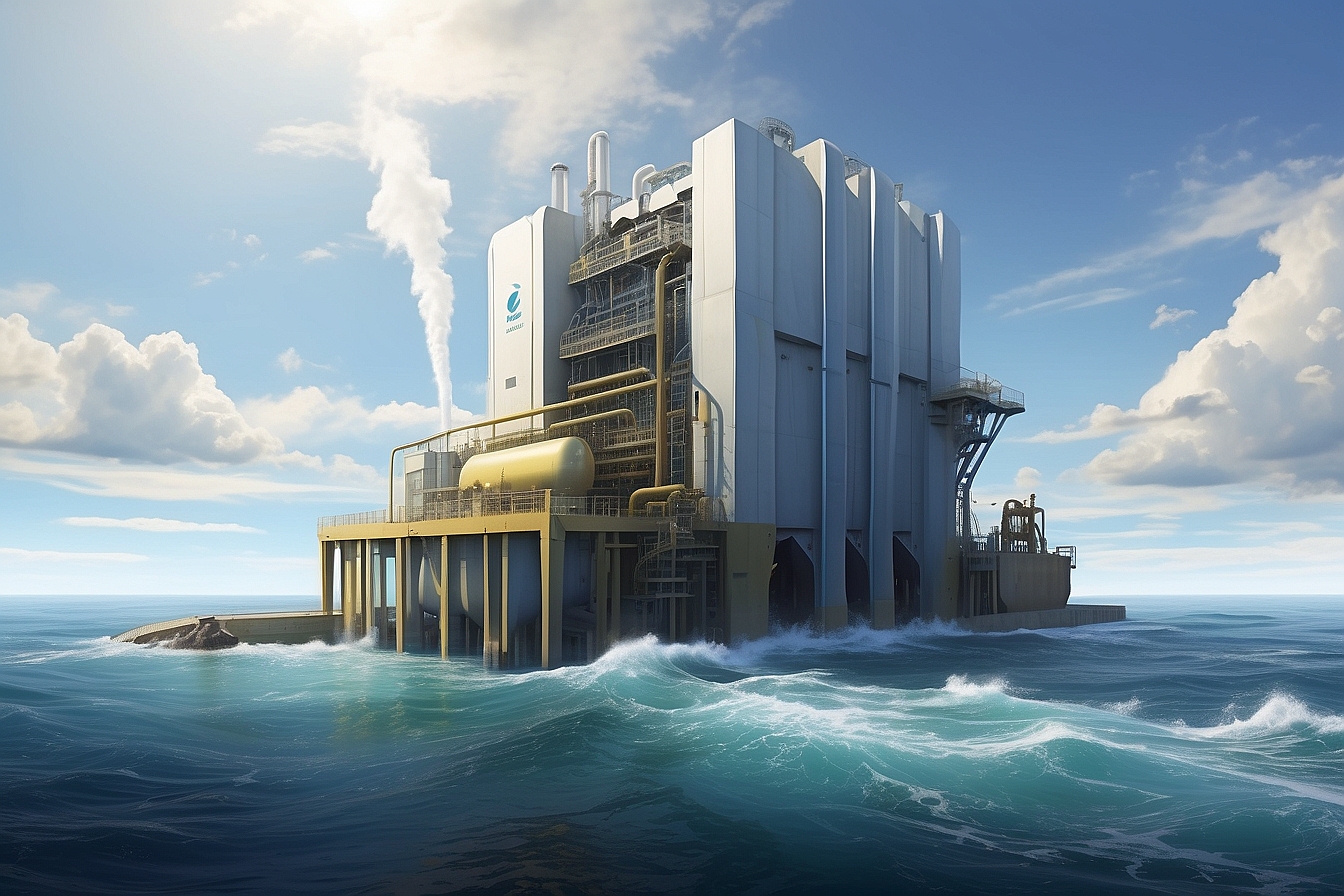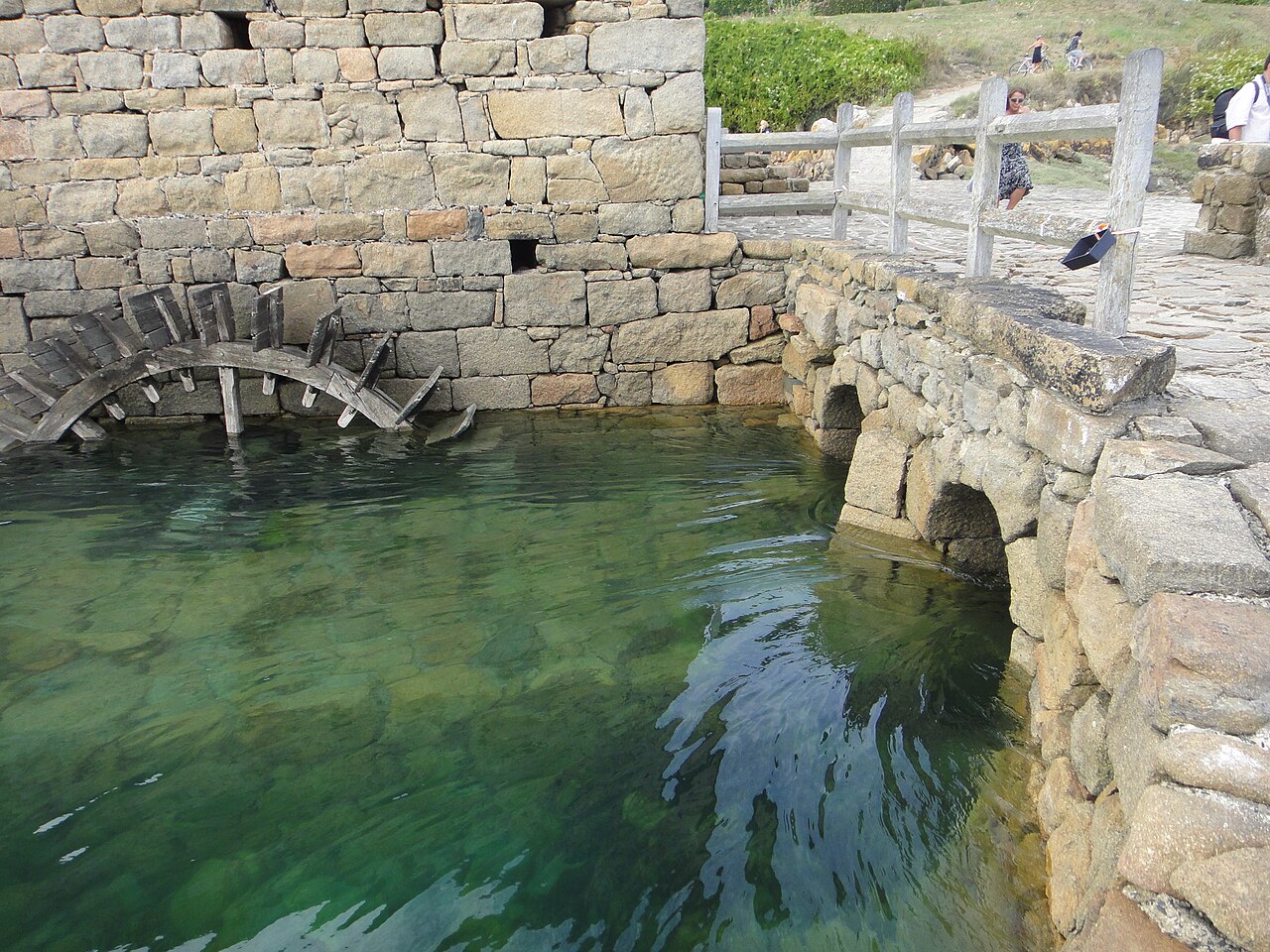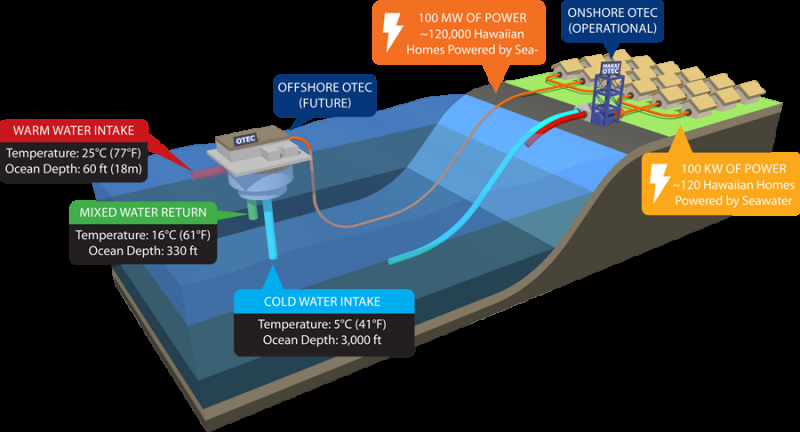Harnessing the Power of the Oceans


The vast oceans that cover most of our planet hold tremendous renewable energy potential. For centuries, innovators have sought to tap the power contained in ocean waves and heat. While marine energy technologies have advanced rapidly in modern times, efforts to harness the seas trace back to antiquity. Ocean wave and thermal conversion have progressed from rudimentary coastal facilities to sophisticated offshore systems that can now provide clean electricity around the globe.
Energreen 2024-01-03
Attempts to harness the mechanical power of ocean waves date back over 2,000 years. Along the coasts of ancient Rome, Greece, and Carthage, basic tide mills were built that could also be driven by wave action. These early devices used wave motion to turn water wheels connected to millstones for grinding grain. The Middle Ages saw more advanced wave-powered mills constructed across Europe. By the 19th century, inventors were creating prototypes of dedicated wave energy converters.

In 1910, French engineer Francois-Alexandre Girard developed a system with floating air chambers that rose and fell with waves to pump seawater ashore. From the 1930s to 1950s, Yoshio Masuda in Japan worked on several wave energy devices, including navigational buoys and floating concrete channel walls with built-in turbines. These pioneering projects proved the feasibility of wave energy technology.
Efforts to generate electricity from ocean temperature differences also emerged over a century ago. In 1881, Jacques D’Arsonval proposed using tropical warm surface water and colder deep water to power a heat engine. In 1930, French physicist Georges Claude built the first Ocean Thermal Energy Conversion (OTEC) plant off the coast of Matanzas, Cuba. This facility yielded 22 kW and operated for 11 years, demonstrating the potential of ocean thermal technology.

In the 1970s, the global oil crisis intensified interest in marine renewable energy, sparking new wave power innovations. Engineers explored various designs, from oscillating water columns to hydraulic pumps activated by wave motion. The 1990s saw further progress with offshore pilot projects testing full-scale wave energy converters.
Advances in materials and subsea engineering have now enabled robust wave power systems able to withstand harsh ocean conditions. Leading companies like Ocean Power Technologies and Carnegie Clean Energy are currently deploying and testing arrays of wave energy devices worldwide. These systems use floats, pivoting flaps, and hydraulic pumps to capture wave movement and drive electrical generators.

Modern OTEC technologies have also evolved dramatically since the early 1900s. Instead of mechanical heat engines, facilities now use the temperature difference between warm surface seawater and colder deep waters to power a Rankine cycle turbine. OTEC plants operate as either closed- or open-cycle systems. Successful pilots in recent years include a 100 kW closed-cycle plant in Hawaii and a 1 MW open-cycle OTEC system in Japan.

Wave power holds significant potential as a clean, renewable energy source. Waves contain up to 80X more energy than winds of equivalent speed. The global wave energy resource is estimated at 29,500 TWh/year. Ocean waves offer very high capacity factors, providing continuous baseload power year-round. Major wave energy resources exist near populated coastal regions with high demand. Leading markets are in Europe, North America, Australia, and East Asia.
OTEC also shows great promise in tropical nations. The top 100 meters of the world’s tropical oceans contain energy equivalent to 250 billion barrels of oil. Just 0.1% of this thermal resource could support 14 GW of baseload OTEC capacity. Islands and developing countries with warm seawater are ideal sites for pilot OTEC facilities.
While great progress has been made, marine energy still faces important technical and economic challenges. Harsh offshore conditions demand rugged, resilient technology designs. Ongoing R&D seeks to improve efficiency, lower costs, and better understand environmental impacts. But multiple wave and OTEC trials have shown positive results, and adoption is accelerating globally.
The future looks bright for marine energy to play a substantive role in the renewable mix. Analysts project rapid capacity growth in leading markets over the next decade. With sustained innovation and strategic support policies, ocean wave and thermal power can fulfill their vast clean energy potential and help nations achieve energy independence and climate goals. The inexhaustible renewable power contained in our seas promises to aid humanity far into the future.
Lejerskog, E., et al. “Ocean Energy: Technology Readiness, Patents, Deployment Status and Outlook.” IEA Ocean Energy Systems, May 2015. https://www.irena.org/publications/2014/Aug/Ocean-Energy-Technologies-Patents-Deployment-Status-and-Outlook
“Wave And Tidal Energy Market” Precedence Research, November 2023. https://www.precedenceresearch.com/wave-and-tidal-energy-market
“Ocean Thermal Energy Conversion.” IRENA, June 2014. https://www.irena.org/publications/2014/Jun/Ocean-Thermal-Energy-Conversion
Rajagopalan, K., Nihous, G. “Estimates of Global Ocean Thermal Energy Conversion (OTEC) Resources Using an Ocean General Circulation Model.” Renewable Energy, February 2013. https://www.sciencedirect.com/science/article/abs/pii/S0960148112004405